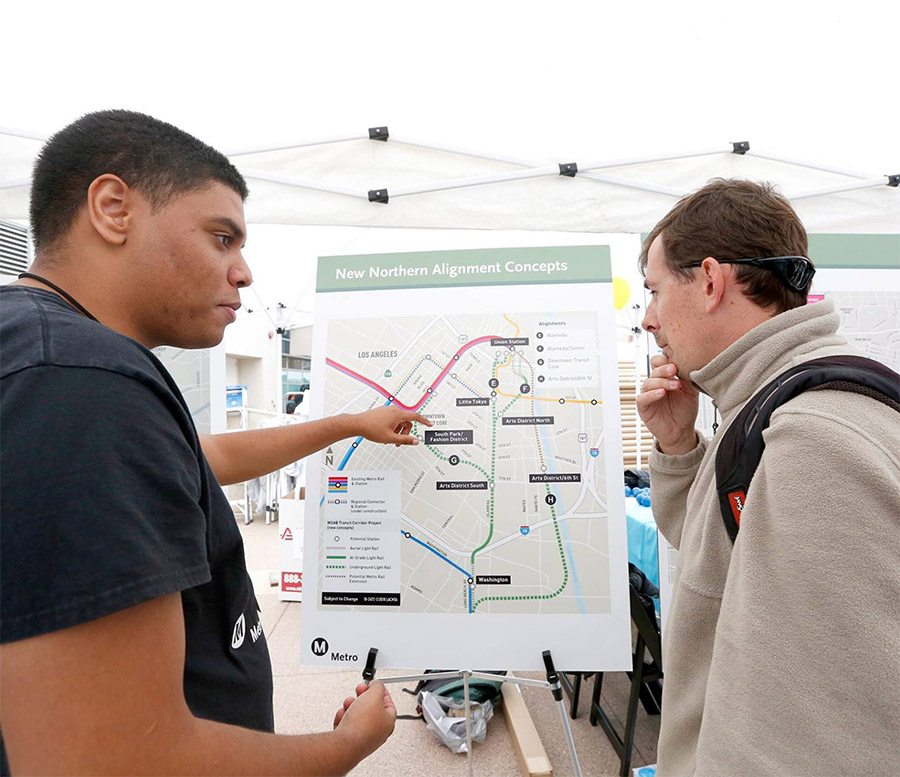Chatham, a neighborhood on Chicago’s southwest side, has a proud history of being one of Chicago’s most enduring black middle class neighborhoods. As with most of the country, however, the spectre of the recession is still looming, and Chatham’s residents have been working hard to bring in new economic development opportunities.
One of the biggest obstacles to attracting new businesses and residents lies deep beneath Chatham’s streets. The aging sewers running through Chatham are often filled past capacity during rainstorms, backing up and inundating the neighborhood. It doesn’t help that Chatham lies at a low elevation in an otherwise largely flat city.
CNT’s RainReady Community team has been working for months to help Chatham dry up its flooding problems. We’ve just completed the first phase of this work, an analysis of the scope and cost of flooding in Chatham. Our findings have been sobering:
- From 2007-2011, Chatham’s two ZIP codes received more than $50 million in flood damage payouts. Indeed, Chatham’s ZIP code, 60619, had the highest number of payouts and the highest total dollar amount of payouts in all of Cook County, even though there are no floodplains in the community.
- In our survey of flood victims, 40% said that they have flooded more than ten times since moving into their homes. 53% had had more than $10,000 in damage, and 25% had more than $20,000 in damage.
Along with completing the analysis, we’ve put together a RainReady Chatham Steering Committee and started working on the neighborhood’s RainReady Plan. We’re engaging residents at every step of the process, empowering them to help shape the development of their neighborhoods. This kind of community engagement is especially critical for flood prevention, since there are no reliable predictive models and it’s up to residents to self-report when, where, and how much they’re flooding.

As we craft the final plan, we’re particularly interested in neighborhood solutions. Since flooding in affects multiple properties in Chatham’s neighborhoods, collaborative approaches between property owners could be particularly affective. Solutions range from downspout disconnection and drywells to parkway rain gardens and tree planting, with priority on ones that synergize with existing transit and development plans to boost economic development and quality of life. Thanks to our generous funders (listed in our Chatham report), CNT will be continuing its work in Chatham in 2016 to help plan and implement these solutions.
You can learn more about this work in the RainReady Chatham Phase One Report or on the RainReady website.





 Strengthening Transit Through Community Partnerships
Strengthening Transit Through Community Partnerships